

Max Davies
How Audi, BMW, Honda, Mercedes-Benz, and Suzuki started out in Australia, and where they are now
15 Hours Ago
Nio's latest electric SUV is sized between the Tesla Model Y and Model X, with 480kW of power, up to 930km of range, and a high-tech cabin.

News Editor
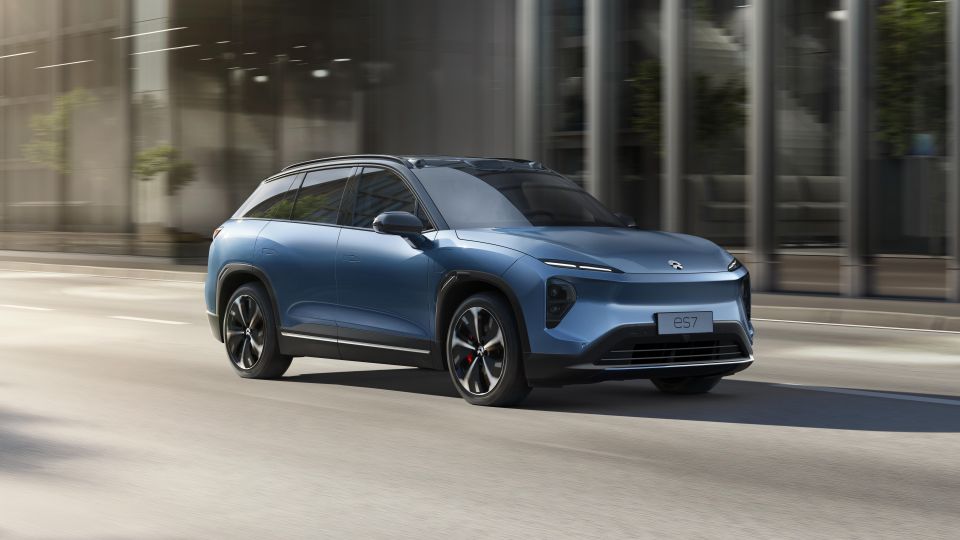

News Editor
Electric vehicle startup Nio, China’s answer to Tesla, has revealed its latest electric SUV called the ES7.
The electric SUV offers a choice of 75kWh, 100kWh and 150kWh batteries, with claimed ranges under the lenient CLTC cycle of 485km, 620km and 930km, respectively.
It features a dual-motor all-wheel drive system with a 180kW front-mounted motor and a 300kW rear motor, for total system outputs of 480kW and 850Nm.
The company claims a 0-100km/h time of as little as 3.9 seconds and a 50/50 weight distribution, with the body made of aluminium and carbon fibre.
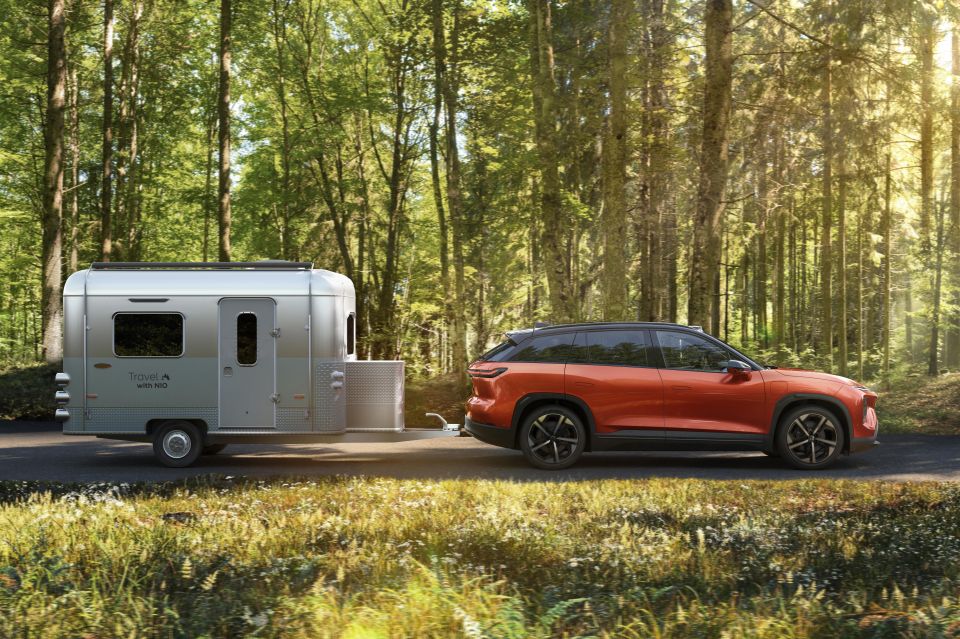
All ES7 models feature double wishbone front and multi-link rear air suspension with continuous damping control, adjustable by up to 90mm, as well as 21-inch Pirelli P Zero tyres and Brembo four-piston front brake callipers.
It’ll be available with an electric tow bar, with Nio claiming a maximum towing capacity of 2000kg.
Nio is also offering vehicle-to-load (V2L) functionality, allowing you to power small appliances. This technology has also been introduced on EVs like the Hyundai Ioniq 5.
The five-seater ES7 measures 4912mm long, 1987mm wide and 1720mm tall on a 2960mm wheelbase.
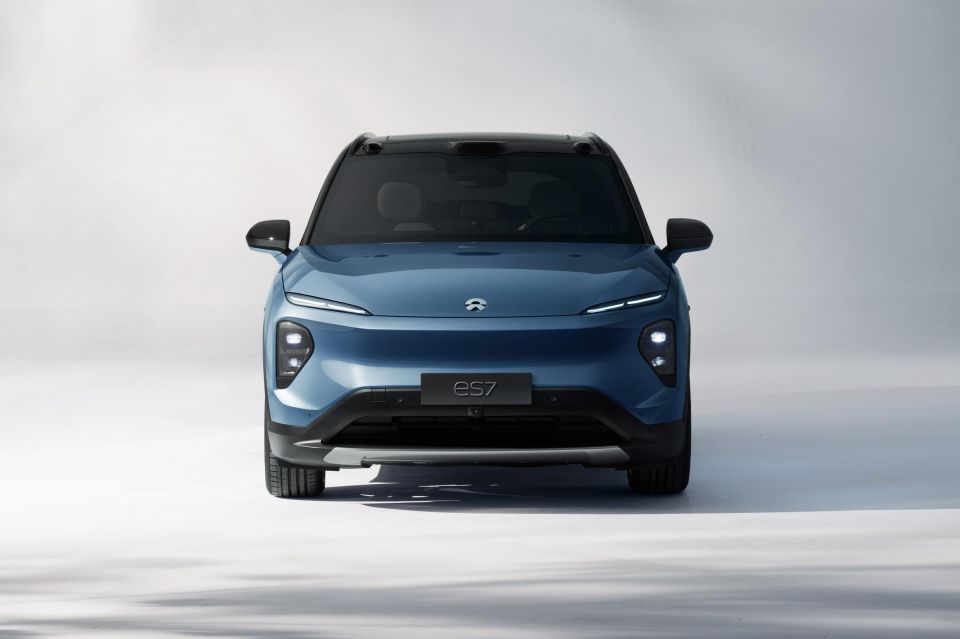
That slots it between Nio’s ES6 and ES8 SUVs, and puts it between neatly between the 4751mm-long Tesla Model Y and 5036mm-long Model X in size.
It feature Nio’s new design language, first seen on the Tesla Model 3-rivalling ET5 and featuring a smooth “shark nose” with slim “double dash” LED daytime running lights and an array of sensors above the windscreen.
The drag coefficient is as low as 0.263.
Inside, there’s an “S-shaped” instrument panel, with a 12.8-inch portrait-oriented touchscreen infotainment system, a 10.2-inch digital instrument cluster and the quirky NOMI virtual assistant unit atop the dash.

Nio says its vision for the ES7’s interior was for it to be a “second living room”. There’s extensive use of sustainable rattan trim, plus a 23-speaker, 1000W 7.1.4 Dolby Atmos surround-sound system and 256-colour “digital waterfall” ambient lighting.
The front seats feature heating, ventilation and massage functions, while the rear seats are heated and have a power-adjustable seat back.
Nappa leather upholstery is offered, tanned with coffee shells. Black, white and brown interior colourways are available.
Perhaps the most notable party trick of the ES7’s interior is its standard PanoCinema, an augmented/virtual reality-compatible “digital cockpit”.
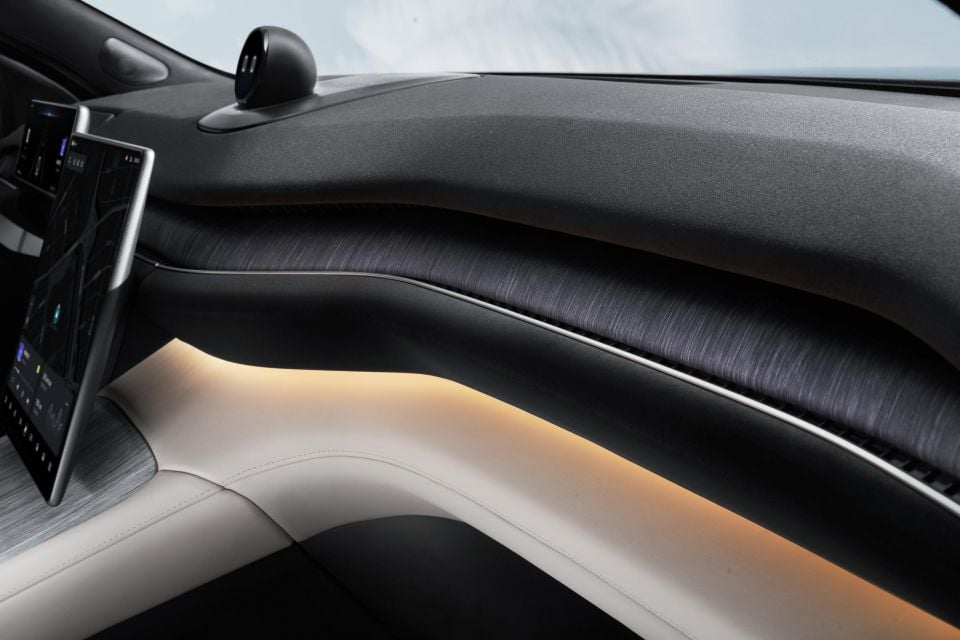
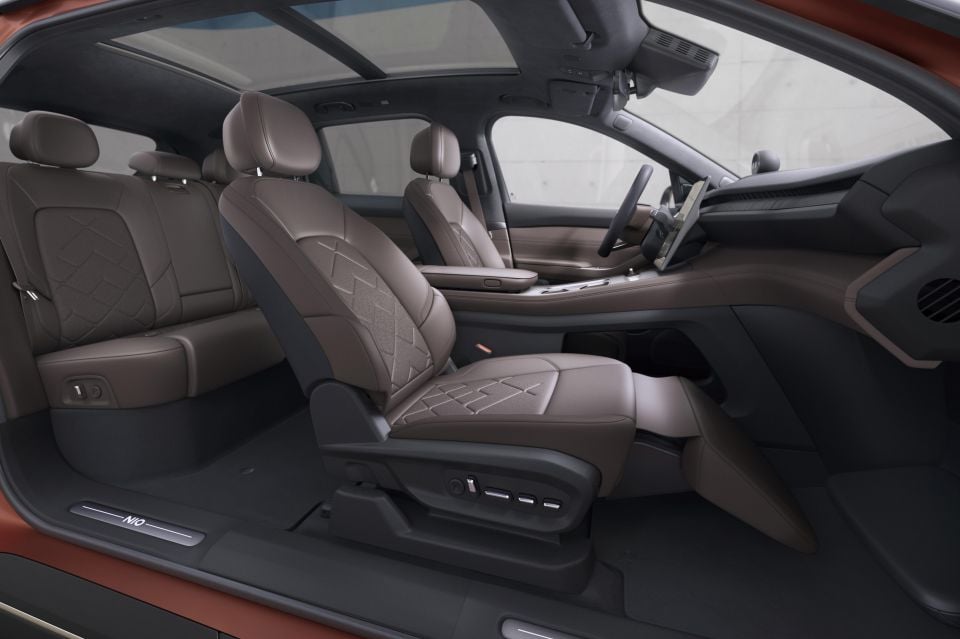
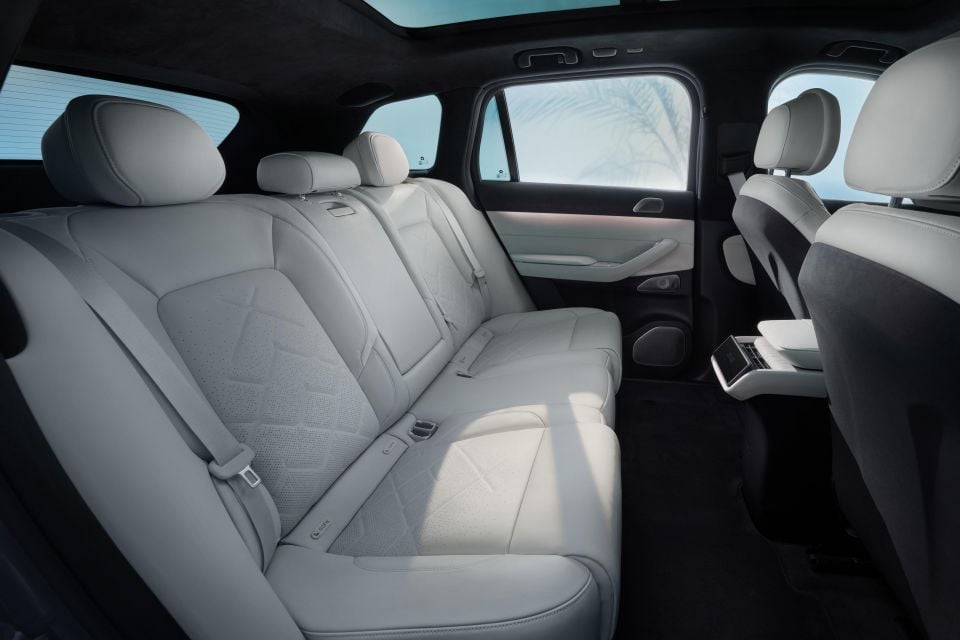
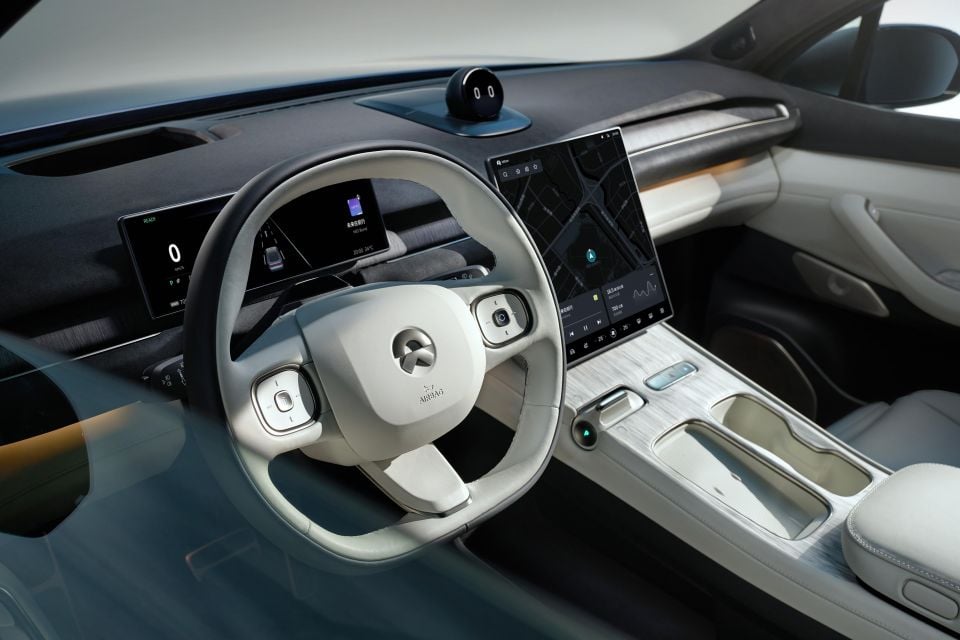
If you put on the specially developed AR glasses, Nio says you’ll be able to view a 201-inch display at a distance of 6m.
The company says it has developed the ES7 to achieve a five-star Euro NCAP rating.
Nio says the ES7’s suite of active safety and driver assistance features will “gradually achieve” an autonomous driving experience in scenarios such as highways, urban driving, parking and battery swapping.
The car features 33 high-performance sensing units, including a mix of cameras, radar, sensors and an ultra-range LIDAR unit.

Standard safety equipment includes autonomous emergency braking, blind-spot monitoring, lane-keep assist, traffic sign recognition, lane centering, adaptive cruise control, and front and rear cross-traffic assist.
Chinese deliveries of the ES7 will begin in August 2022.
Prices start from RMB 468,000 before subsidies (A$99,263).
Nio allows Chinese buyers access to its 1000 battery swapping stations, a feature it’s started rolling out in Europe.
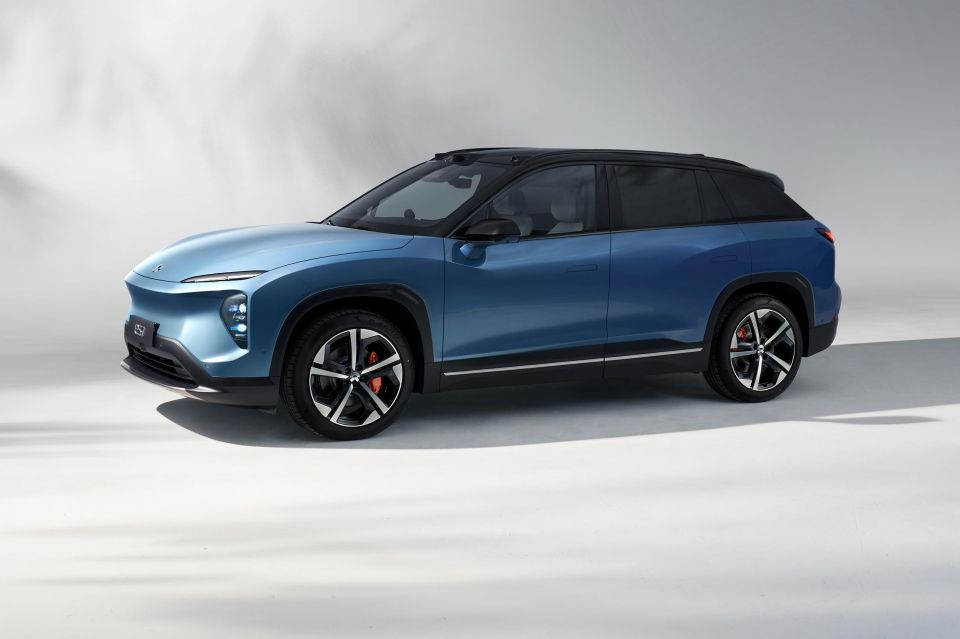
The company offers its vehicles with what it calls Battery-as-a-Service (BaaS). This means you essentially buy the car without a battery, and instead pay a monthly subscription cost.
Doing so reduces the base price of the ES7 to RMB 398,000 before subsidies (A$84,416).
This allows you to use its network of battery-swapping stations in China. It expects to have over 1300 in China by the end of 2022, along with 6000 Power Chargers and 10,000 destination chargers.
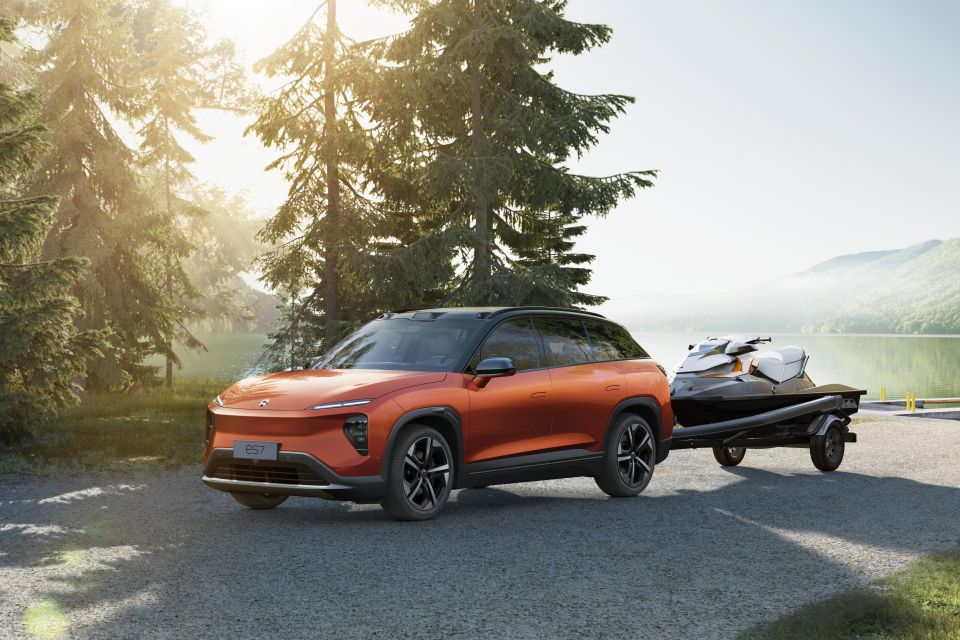
It’s also doing the same in European markets, offering a monthly subscription whereby owners can drive their Nio vehicle to a swap station when they’re running low on charge.
The first battery swap station outside of China opened in Norway earlier this year.
Founded in 2018, Nio produced its 200,000th vehicle earlier this year.
After launching late last year in Norway, it’s planning to enter Germany, the Netherlands, Sweden and Denmark.
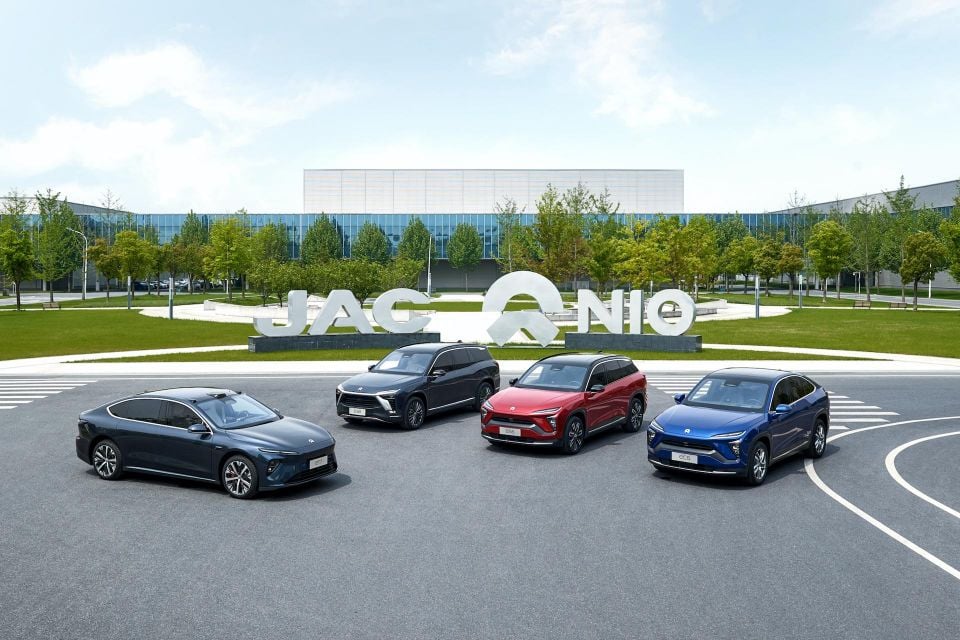
Nio’s range consists of: the ET5 and ET7 sedans; the EC6 coupe SUV; and the ES6, ES7 and ES8 SUVs.
Now publicly listed on the NYSE, Nio claims to have approximately 7000 employees and a market capitalisation of approximately $US31.05 billion.
Headquartered in Shanghai, the company now has operations around the globe, including a design centre in Munich, an ‘advanced research and innovation’ centre in San Jose (Silicon Valley), and an engineering R&D centre in Oxford, UK.
MORE: An overview of the Nio brand MORE: 2022 Nio ET5 offers 1000km of range, brand going global
William Stopford is an automotive journalist with a passion for mainstream cars, automotive history and overseas auto markets.


Max Davies
15 Hours Ago


William Stopford
15 Hours Ago


Derek Fung
16 Hours Ago


Max Davies
23 Hours Ago


William Stopford
2 Days Ago


Ben Zachariah
2 Days Ago